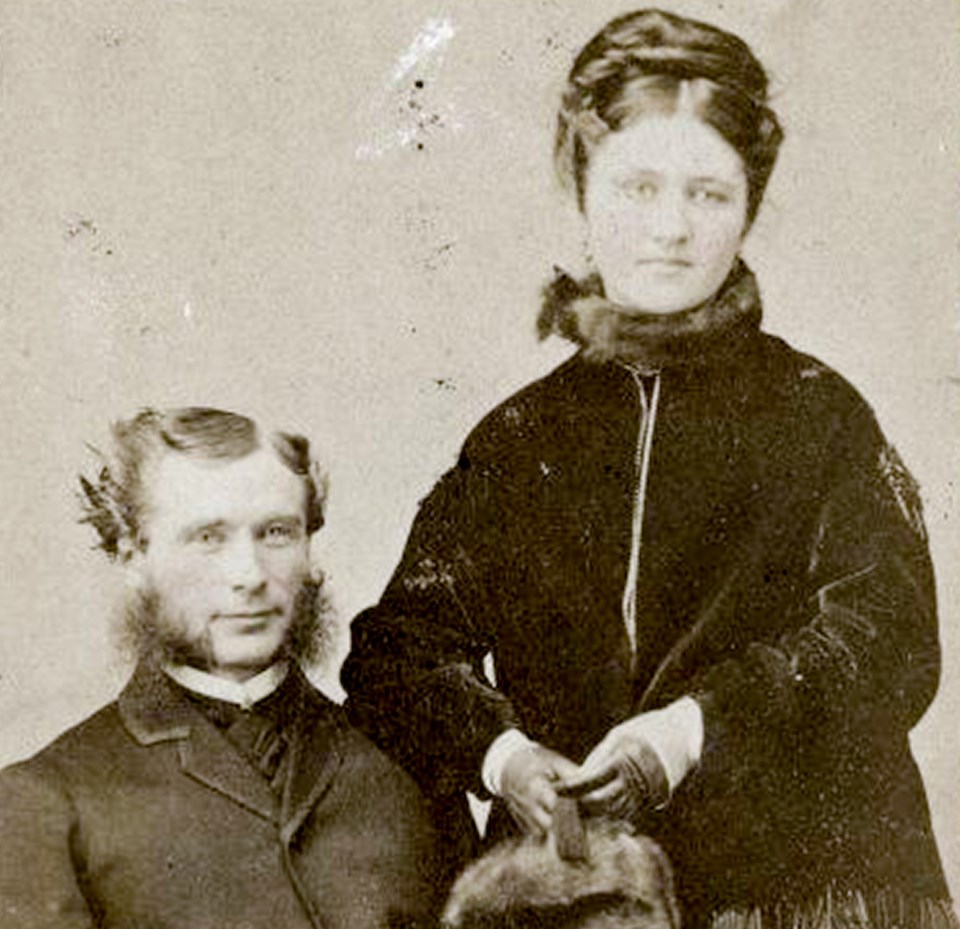Randy Evans
Sarnia’s economy in the 1800s was heavily dependent on the financial health of its rural neighbours. And vice versa.
Rural products were crucial to the town’s mills, grain merchants, grocers, bakers, lumberyards and potash dealers. In turn, farmers needed Sarnia’s manufactured goods and transportation network to make and move their crops.
So when this fine balancing act was tested by the collapse of the Fawcett Bank it threatened “debilitating” losses for all, The Observer noted.
Established in Watford in 1874, the Fawcett Bank was privately owned by a 32-year-old Strathroy lumber merchant named Thomas Fawcett. Ever the young entrepreneur, he expanded his banking empire rapidly and by 1881 had no fewer than five branches open in Lambton County.
Private banks were common in Ontario then, especially in rural areas where the larger national banks were reluctant to locate.
Fawcett was highly regarded in the rural centres he opened branches. Despite his young age, he became a community leader.
The Fawcett Bank took in large sums of cash. In return, it was liberal with loans, especially to farmers growing crops and raising cattle. For a decade all went well— at least on the surface.
In reality, the bank was seriously undercapitalized. Loans and cheque clearing weren’t funded by invested cash, but, rather, by money borrowed from the chartered banks.
For loan security, Fawcett assigned to these banks - at a discount - the promissory notes received from the indebted.
In 1884, agricultural prices dropped. Delinquency on the farmers’ promissory notes rose. And the chartered banks responded by refusing to honour any further transactions made through the Fawcett Bank.
The bank collapsed, and on Sept. 26, 1884 shut its doors. Depositors met on the streets in a state of “intense excitement.”
At first, Fawcett was defiant with the throng. But he never produced the full financial records. Some of the ledgers disappeared and others were found burned in the bank’s furnace.
A trustee appointed to liquidate the bank discovered Fawcett had used funds to speculate in northern timber rights and Manitoba property.
What’s more, he had withdrawn in the previous year $44,000 in depositor funds. The bank was broke. The final recovery for its depositors was four cents on the dollar.
Some $230,000 of wealth was drained from local economy. With the loss of purchasing power, some Sarnia merchant’s allowed rural folk to barter, accepting butter, eggs and produce as payment.
Recovery did eventually take place. Financial stability returned when the chartered banks finally set up shop in the communities previously pilfered by Fawcett.
As for Fawcett, he and the family vamoosed before the full story unfolded. With the $44,000 he’d taken still missing from the bank, the eloper eventually settled in Mount Airy, North Carolina.
Ironically, it was there Fawcett founded that community’s First National Bank, in 1893. His palatial Southern manor still stands to this day.
Randy Evans is a Sarnia resident and regular contributor to The Journal
